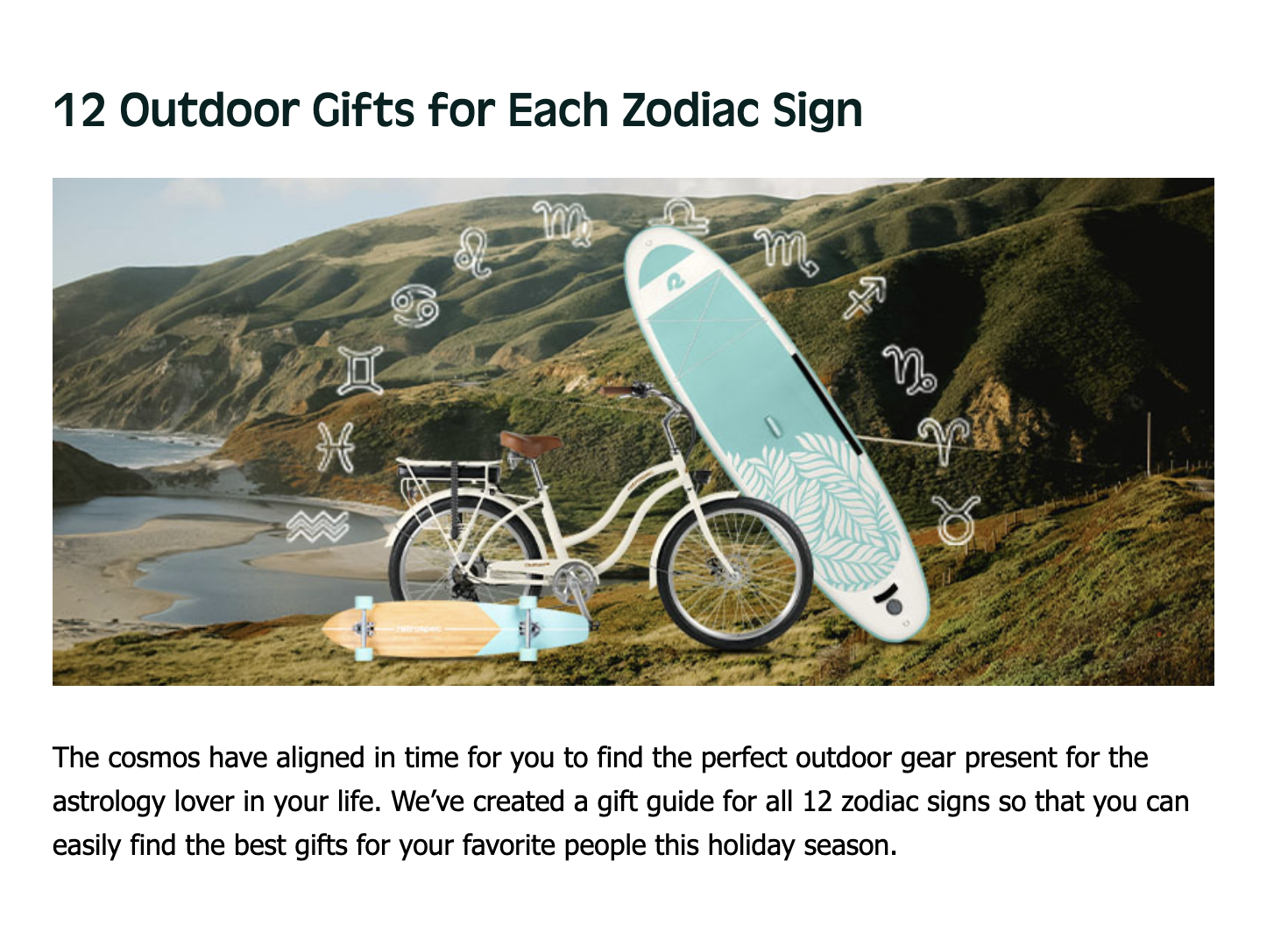For O Positiv, I compose 1,000+ word articles that cover topics ranging from women’s health issues to helping partners cope with grief. Most blogs include a product tie-in and leverage SEO keywords to optimize google search results.
For Retrospec, I authored numerous keyword-rich lifestyle and gift guide blog posts to market their collections of outdoor gear and drive traffic to their website and collections pages.
For SweetFish Media, I wrote an SEO-driven blog post to summarize and market one of their client’s latest podcasts on digital payment technology and the direction it’s headed.
The Future of Digital Payments
If you’ve ever used a contactless payment pad at a gas station, made a purchase through Instagram, or clicked “Buy Now” on Amazon, you’ve used digital payments.
On this episode of the Banking on Digital Growth podcast, we sit down with Christopher Danvers, Senior Product Manager at Q2, to discuss the future of mobile payments.
Here’s a taste of how we can expect digital payments to evolve.
Buy now, pay later:
Buy now, pay later is a popular digital payment system that enables customers to split the cost of a purchase into smaller payments, allowing them to pay in installments without interest. Retailers have increasingly adopted it as a way to encourage impulse purchasing.
Banks adopting cryptocurrency:
With blockchain technology and decentralized cryptocurrency becoming mainstream, traditional legacy banks are being forced to integrate these technologies into their own payment systems in order to compete.
For instance, Visa has made it possible to settle payments with their own unique currency, which has expanded their network and simplified the way money moves across the globe.
New forms of cryptocurrency:
NFTs (Non-Fungible Tokens) are blockchain-based digital identifiers that certify the authenticity and uniqueness of original creative content. Over the past 5 years, NFTs have greatly reshaped the way artists get paid for digital artworks.
Unlike Bitcoin, whose value can be matched and traded with other currencies, NFTs are original assets that can only be traded with whatever currency the creator agrees to. For example, an artist can make an original digital art piece—say, a gif or a collage—but you wouldn't be able to trade it for the same piece because it's an original. A collector would either have to trade money—which is what it usually is, or another digital piece of equal value. This empowers creators and artists to more easily auction original digital work on their own terms.
To step into the digital payment innovation race, Square, a heavy investor in the cryptocurrency space, recently acquired the high-fidelity streaming music service TIDAL, which our friend Christopher Danvers surmises is due in part to the rise and desire for exclusive NFT content.
How is FinTech approaching these new evolutions and what is their solution?
A variety of FinTech companies are working to help traditional banks innovate so they can adopt mobile payments and cryptocurrency technologies.
For traditional banks struggling to compete, one of the biggest challenges is that consumers have now come to expect a real-time exchange of value. The experience of receiving a new plastic card in the mail has been replaced with instantaneous access to a virtual wallet.
What are the internal roadblocks for FinTech companies like Q2?
In order to meet consumer expectations, these companies first need to align expectations internally. When values and goals are aligned, the team will find it easier to acquire the right partners and investments needed to actualize their vision.
How to maximize your influence
Identify a problem in the process, be passionate about it, and generate solutions! Nothing was ever accomplished by idly standing by.





